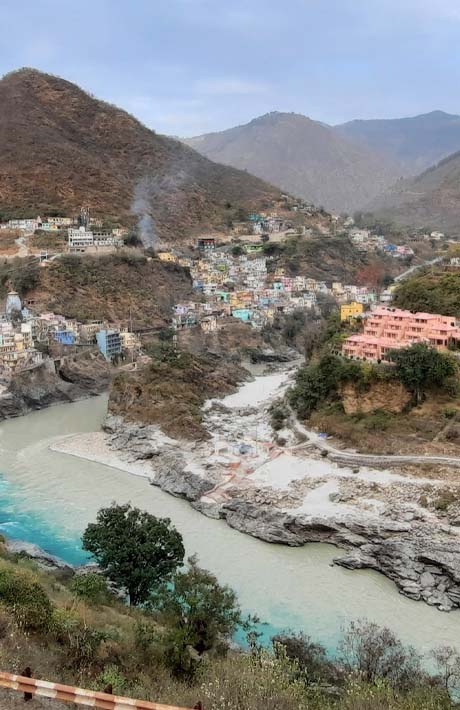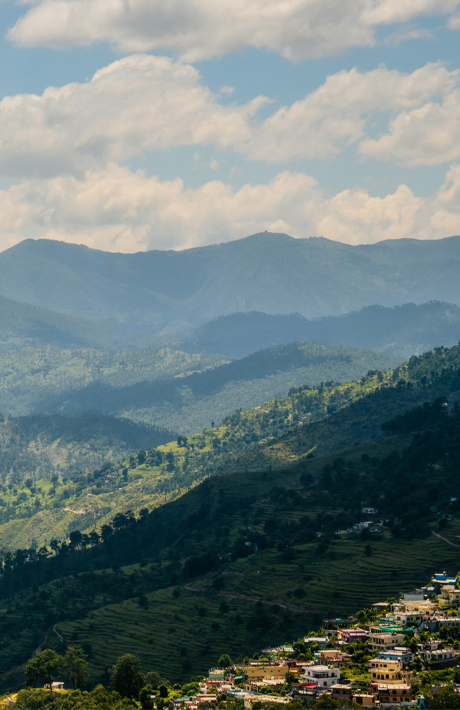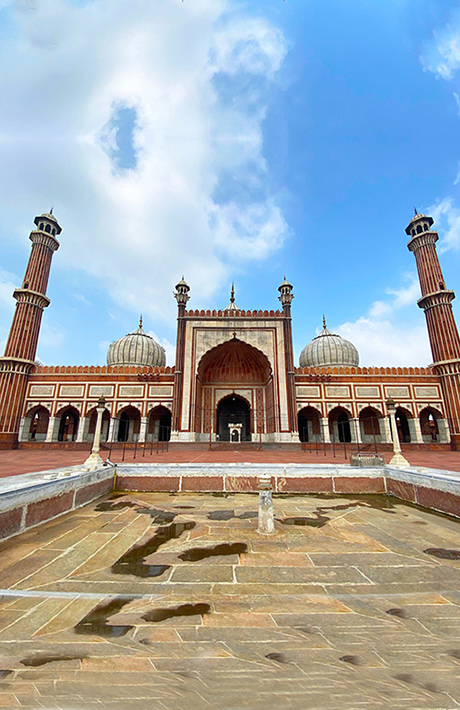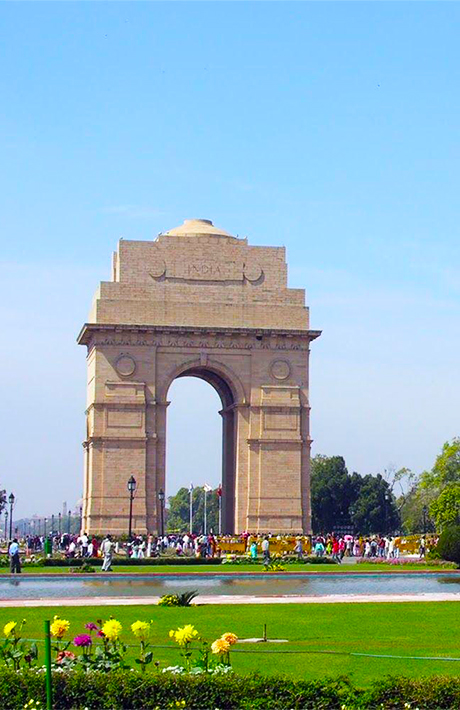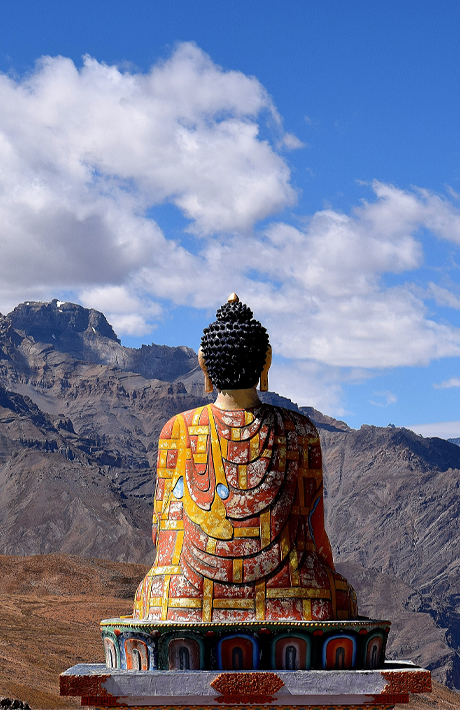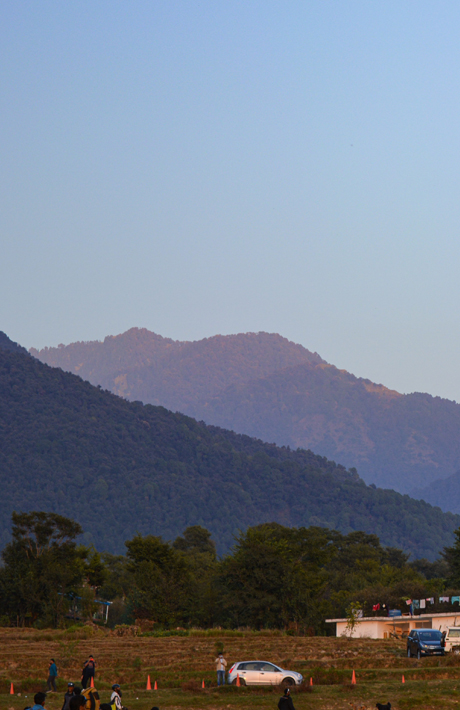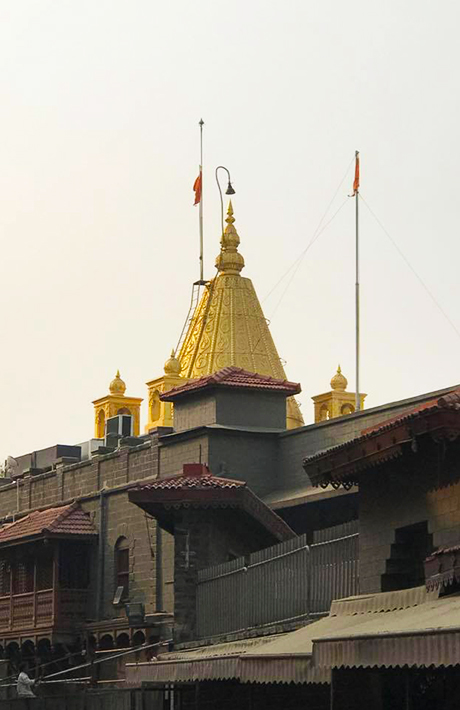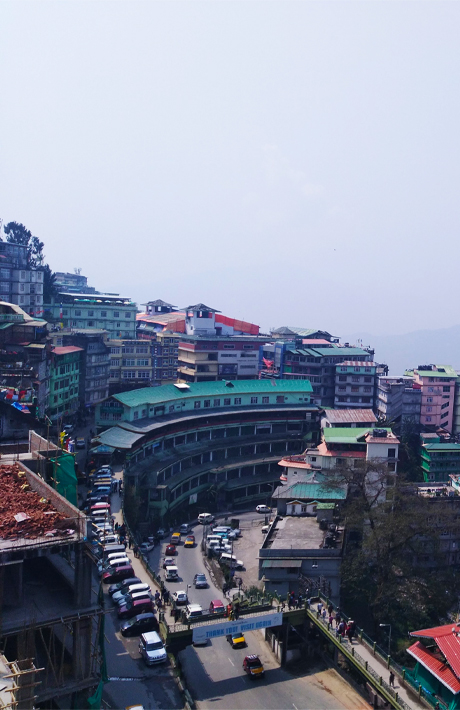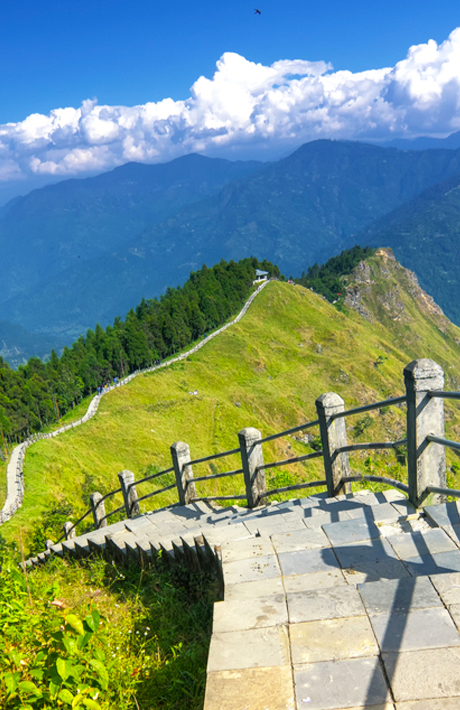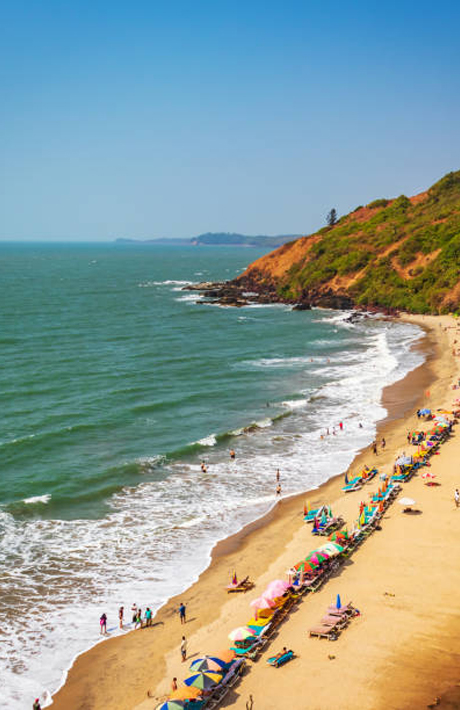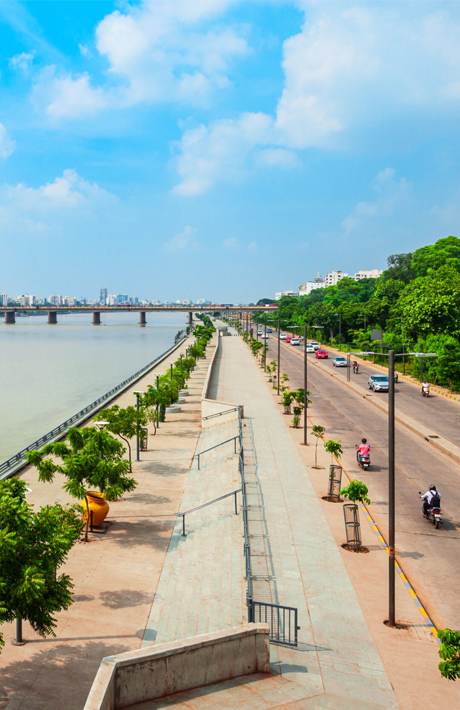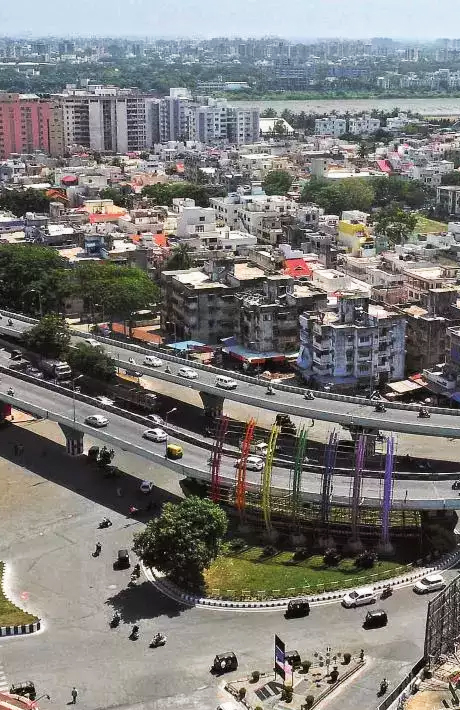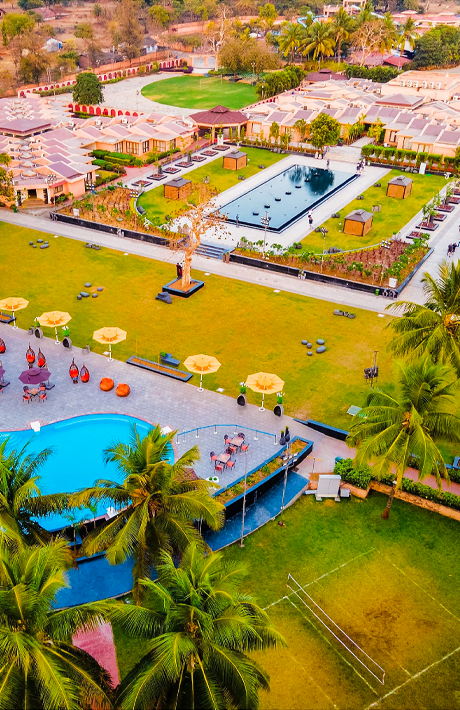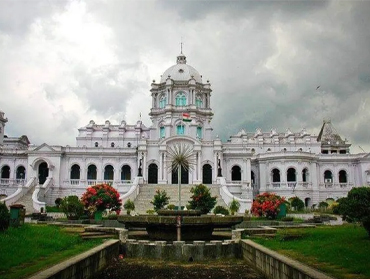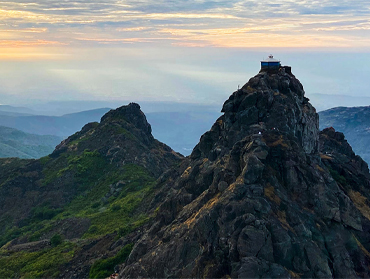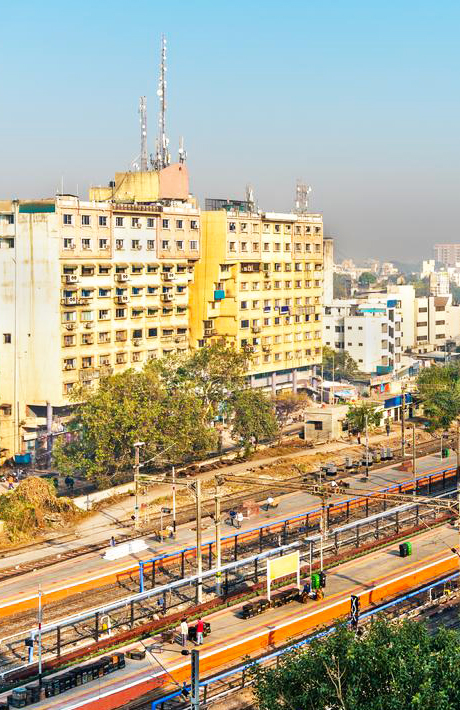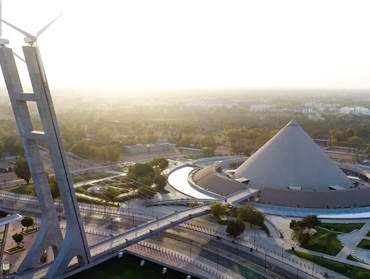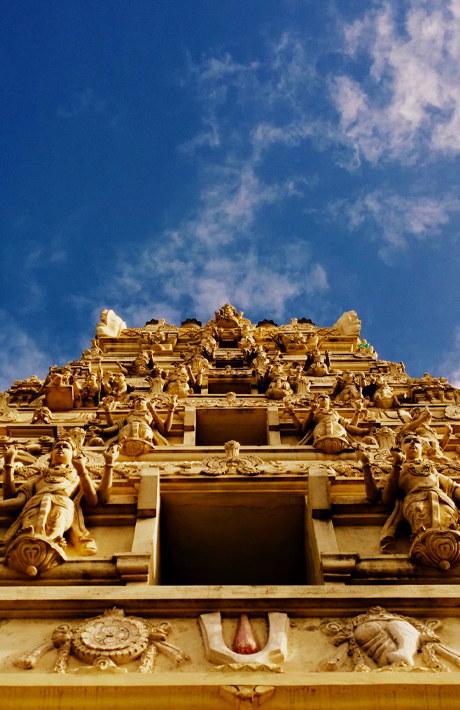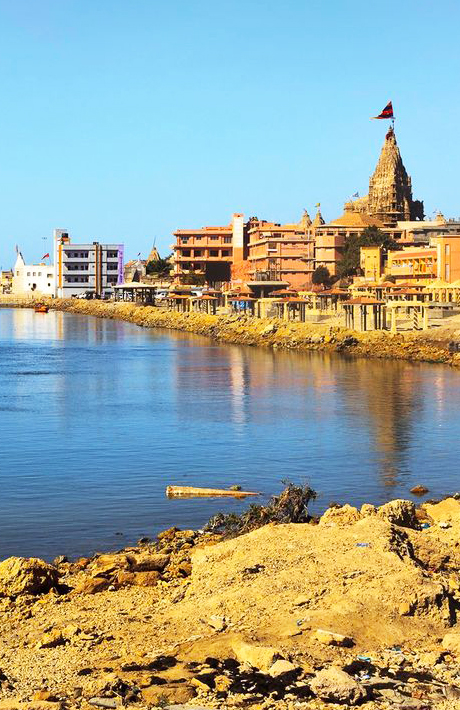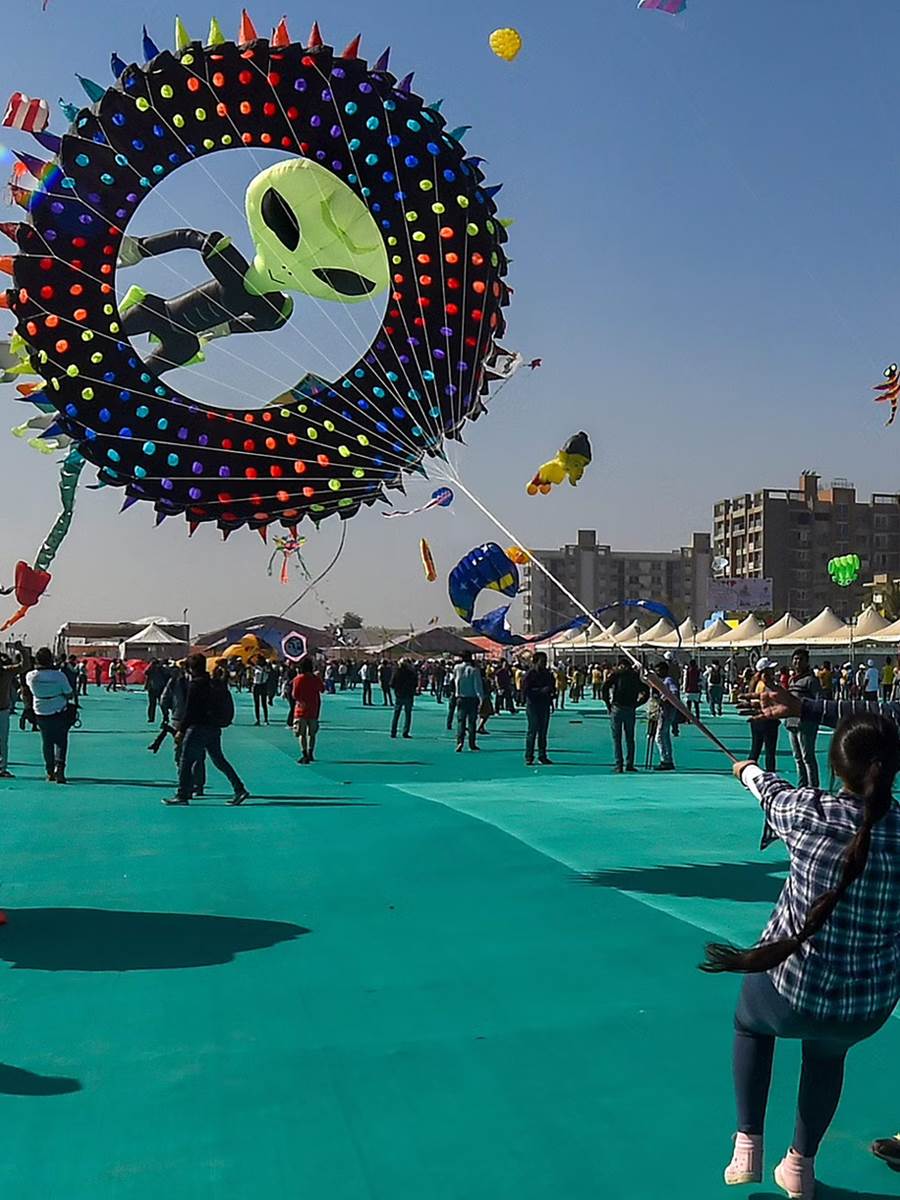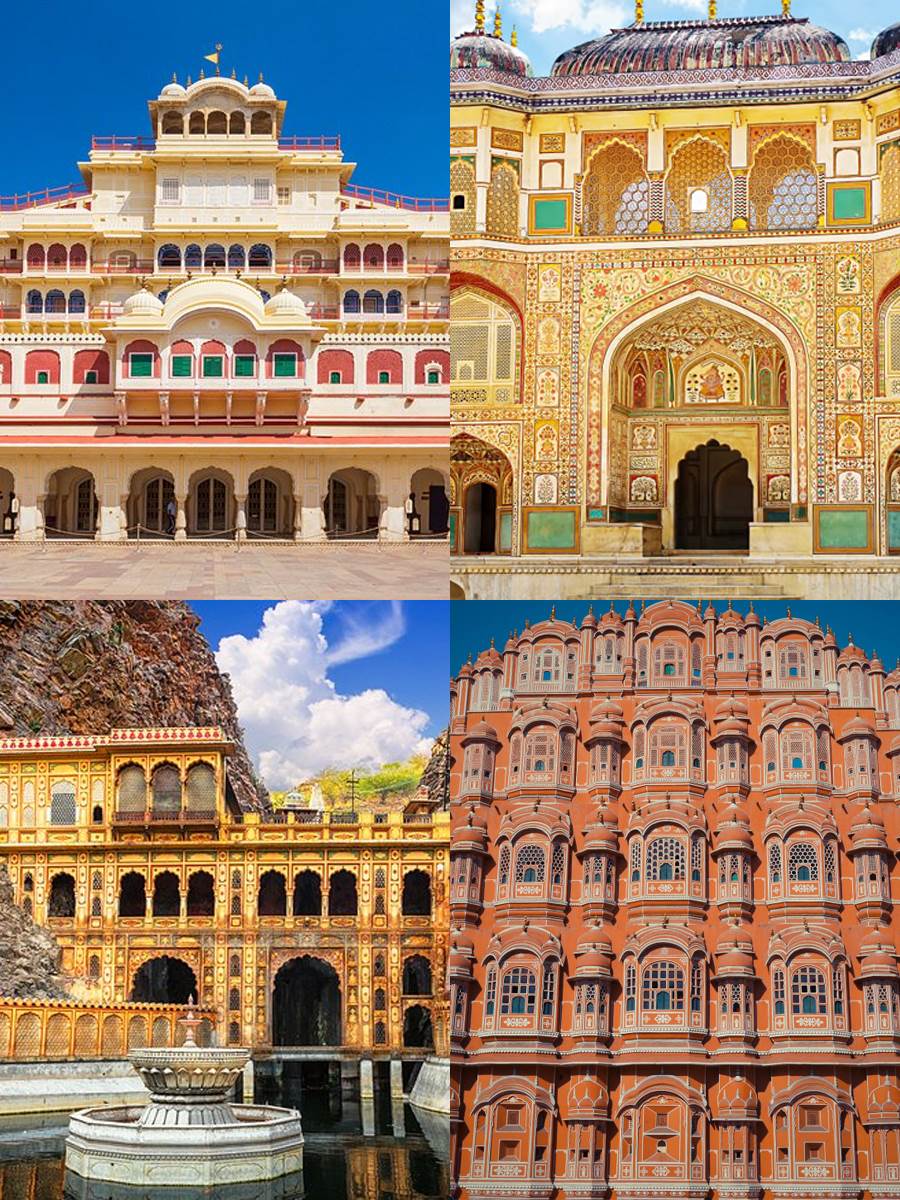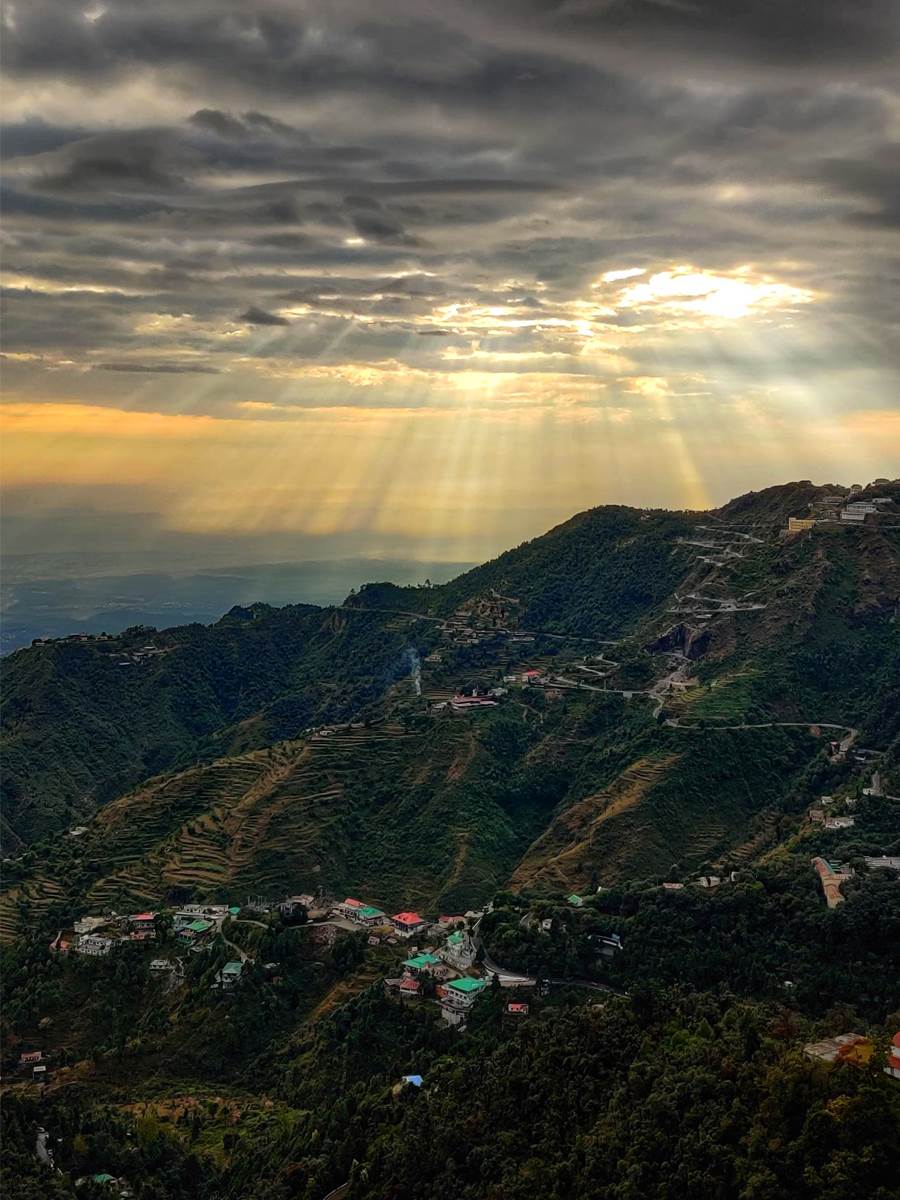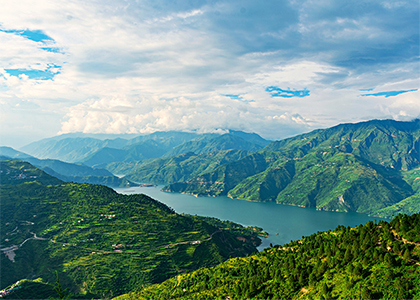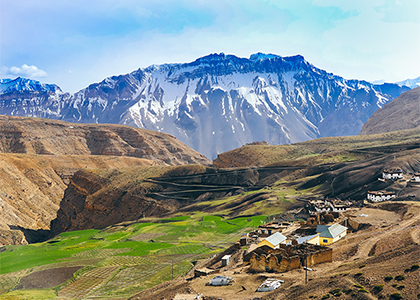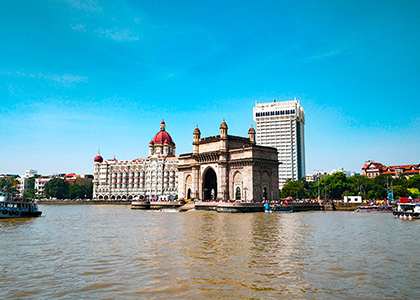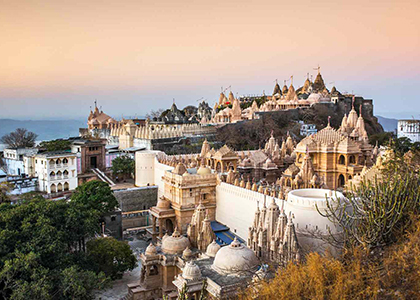
Uparkot Fort
"Uparkot Fort is a historical monument located in Junagadh, Gujarat. The fort is believed to have been built by the Mauryan dynasty in the 3rd century BCE and served as the capital of the Mauryan Empire. The fort covers an area of around 70 acres and is one of the oldest and most significant forts in Gujarat.
The fort has witnessed the rise and fall of several dynasties, including the Mauryas, the Chudasamas, and the Mughals. It was also a strategic military base for the rulers of Junagadh during the medieval period. The fort has been the site of several battles and has seen many invasions over the centuries. The fort's architectural design reflects the influence of various dynasties and empires that ruled the region over time. The fort's walls and gateways are made of stone, and the structures inside are a mix of Hindu, Buddhist, and Jain architectural styles.
Places Information Details are subject to change
-
Uparkot Fort available on google map Click Map
-
Opening Time
- All Day :7:00 am to 7:00 pm
-
Fee Charges (INR)
- Adult5
- Child5
- Foreigner100
- Student5
- Senior Citizen5

